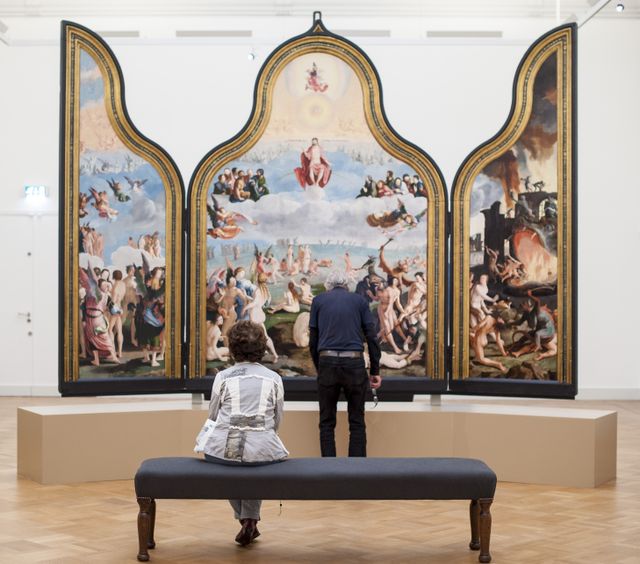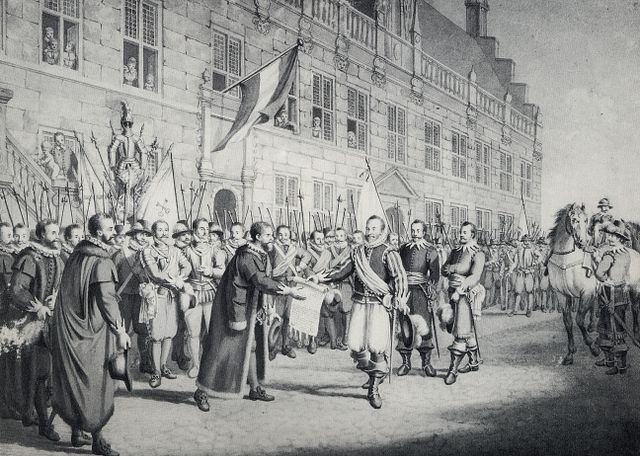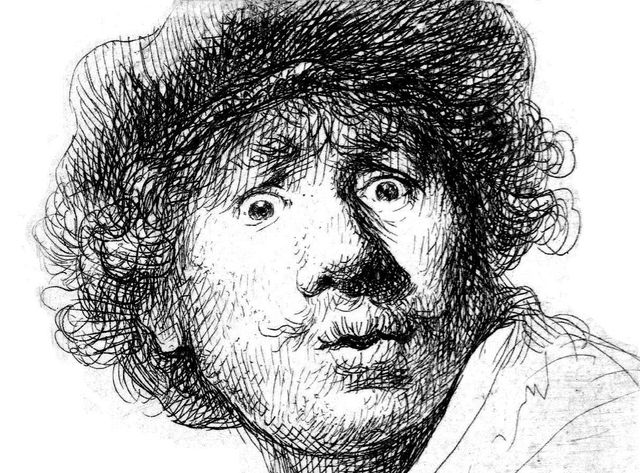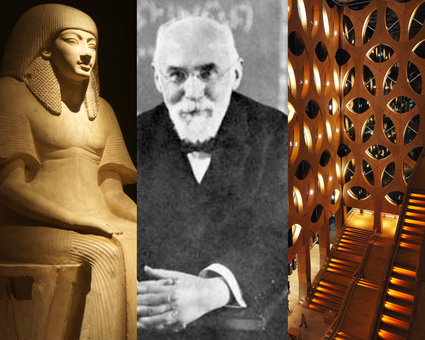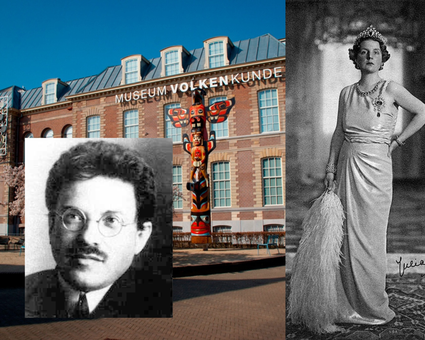Chapter I
Leiden History 101
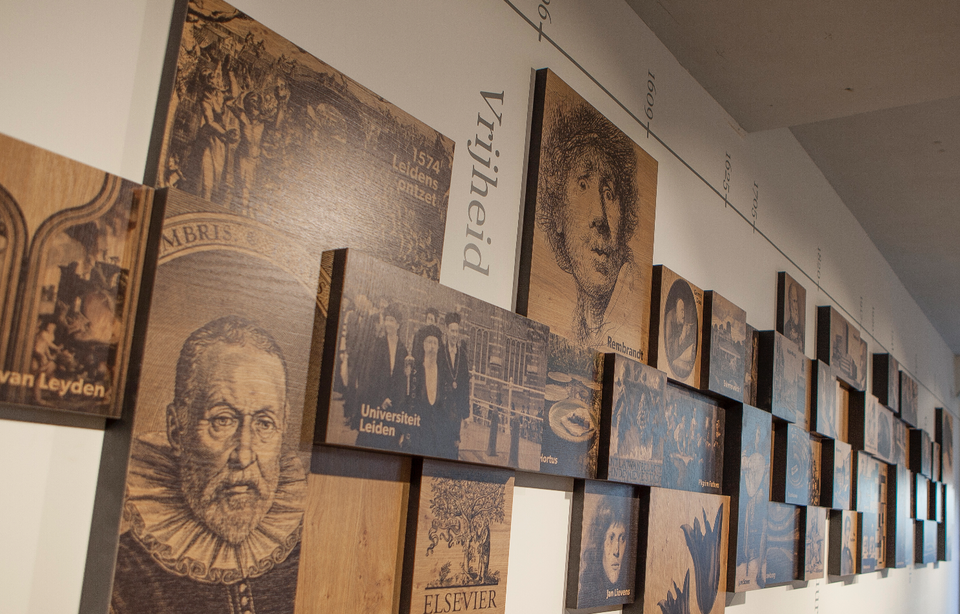
Introduction - Siege of Leiden, New Settlers, and Fine Painters
The Siege of Leiden and the establishment of Leiden University are key moments in the city’s history as they significantly accelerated its development on various fronts. From political reforms that led to increased political freedoms to Leiden’s economic growth due to its status as an important textile manufacturer.
Science, cultural exploration, freedom of thought, and other civil liberties formed a solid foundation for the rise and success of many icons such as Rembrandt, Thorbecke, and Einstein.
The following chapter highlights some of the most prominent figures and events in Leiden’s history, from the end of the 15th century to the 17th century.
Siege of Leiden
In 1573 and 1574, Leiden was besieged twice by the Spanish. William of Orange had the dikes breached to flood the surrounding land, leading to the Spaniards being driven out by rising waters.
A legendary story describes how on October 3, the orphan Cornelis Joppensz, walked into the deserted Spanish camp and came back with a pot full of food, the so-called "hutspot" – a Dutch dish of mashed potatoes, carrots, and onions. Later that day, the Watergeuzen - the irregular army of William of Orange - entered the city via the Vliet River, and brought herring and white bread to the hungry population.
October 3 marks the celebration of ''Het Leids Ontzet'' (Relief of Leiden), during which the people of Leiden still eat the famous hutspot, herring, and white bread.
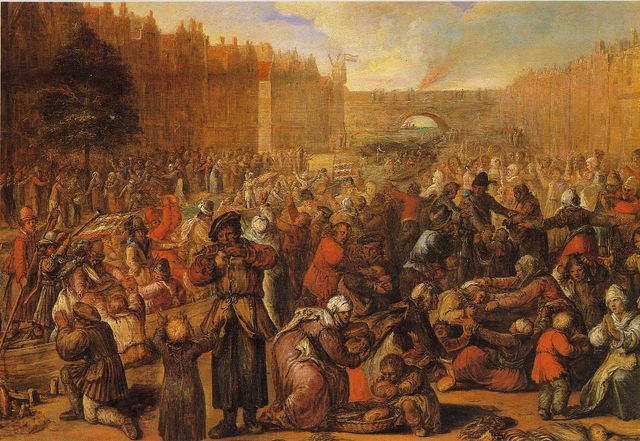
Jan van Hout
After October 3, 1574 (Relief of Leiden), a new generation of city officials took office, among which was Jan van Hout (1542-1609). They modernized the city and its government and laid the foundations for a new heyday of Leiden.
The most important of them was the city secretary, Jan van Hout. After the Revolt and the Reformation, the power now laid with the Dutch cities, not with the count or king. The new Leiden city government, with van Hout as its driving force, undertook various initiatives that would lead to a heyday of the city.
Especially the textile industry and the university benefited from the modernisation. Jan van Hout stimulated the use of Dutch instead of Latin and, together with Janus Dousa, recruited professors for the brand-new university of the city.

Elsevier
Elsevier is a family of Dutch booksellers, publishers, and printers from the 16th to the end of the 18th century. The patriarch (ancestor) came from Leuven.
Lodewijk Elsevier fled from Leuven as he was persecuted for his Protestant faith. In 1580, he opened a bookstore at Leiden University, where he published his first book in 1583.
In 1592, the publishing company, Elsevier, launched, which later also marked the launch of the opinion and science magazine: ''Elsevier Weekblad''.
Not too long ago, the publisher decided to take a different path, changing the name from Elsevier Weekblad to EW, to prevent people from confusing it with Elsevier, which is now internationally known as an academic publishing company that specialises in scientific, technical, and medical content.

In the Land of Promise, In the New City
‘’In 't land van belofte, in de nieuwe stad’’ (in the land of promise, in the new city), this is what a gable stone on Beestenmarkt-Nieuwe Beestenmarkt reads.
It depicts the scouts of Canaan, stemming from the Book of Numbers (the fourth book of the Hebrew Bible), and dates back to 1611. A year that marked the beginning of a prosperous time, given the sudden arrival of many scientists, and economic and religious refugees that fled from the South after it became occupied by the Spanish.
The Leiden residents who settled in the new part of the city - near Beestenmarkt - were said to have entered the promised land, and were compared to the scouts of Moses who sought to find a future home for the Israelite people.
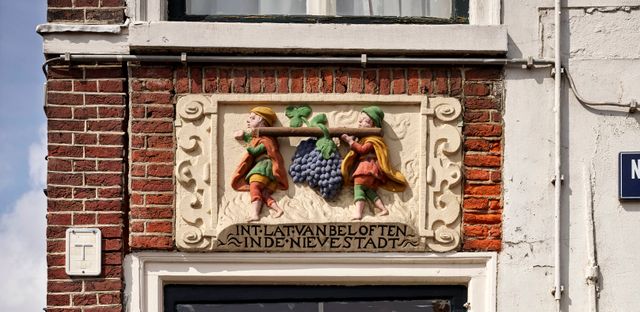
Jan Lievens
Leiden produced many painters for the Dutch Republic during the Golden Age, including Jan Lievens (1607-1674).
As the son of a hatmaker, Lievens' talent developed even faster than Rembrandt's. At the age of eight, he became an apprentice of renowned Leiden master Joris van Schooten and later Pieter Lastman. In 1619, Lievens returned to Leiden and started working as an independent artist.
Constantijn Huygens, a poet, scholar, and top advisor to the Orange-Nassau family was particularly fond of him and Rembrandt, but more so of Lievens.
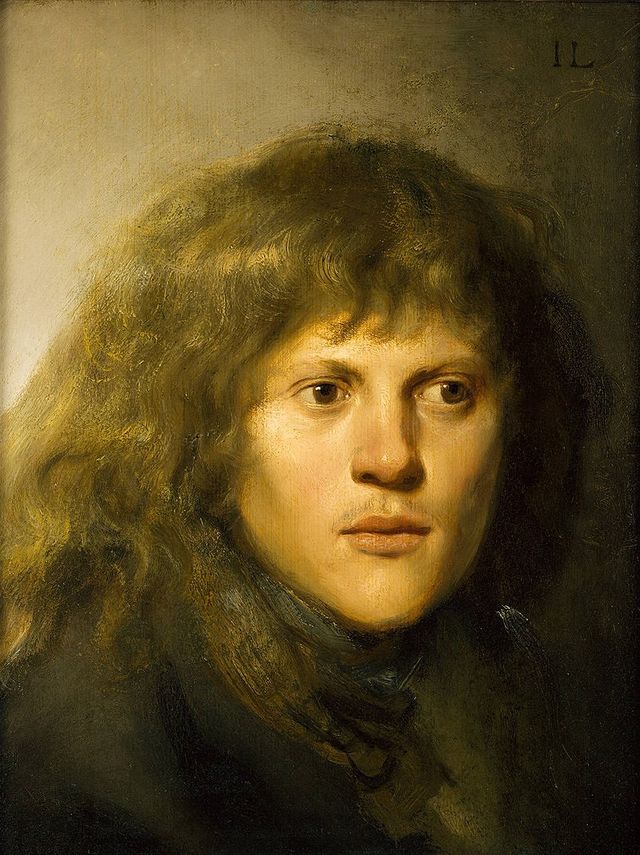
Gerrit Dou
Until well into the 19th century, the traditional Leiden fine painters were appreciated much more than Rembrandt, among which was Gerrit Dou (1613-1675).
As a student of Rembrandt, Dou captured every detail with incredible precision on often very small panels – the Astronomer is a case in point.
Dou was incredibly admired and the highest-paid painter of his time. The crowned heads of Europe would send representatives to his studio at the Galgewater to buy his latest works.

Leiden Continuum
Leiden, Key to Discovery, where the sum of science, culture, and freedom of thought equates to the rise and success of icons. From Rembrandt van Rijn to Armin van Buuren, from the Pilgrim Fathers to the T.rex, and from the tulip to Leiden Bio Science Park.
These figures, inventions, discoveries, and events, form part of Leiden's underlying DNA, which can be explored through the Leiden Continuum (Het Leids Continuüm).
